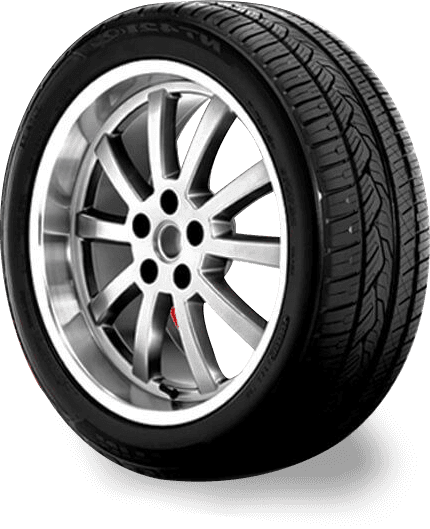
Dec . 22, 2024 17:59
Back to list
Electric Control Valve Regulator for Optimizing Flow Efficiency and Performance
Understanding the Electric Regulation Valve (صمام تنظيم كهربائي)
The electric regulation valve, or صمام تنظيم كهربائي in Arabic, plays a crucial role in various industrial applications, particularly in managing fluid and gas flow. These valves are designed to regulate the flow of liquids and gases in a precise manner, allowing for optimal operational efficiency and control within systems.
How Electric Regulation Valves Work
An electric regulation valve combines mechanical functionality with electrical control mechanisms. The fundamental principle behind these valves is to utilize an actuator that receives electronic signals. Depending on the signal's intensity, the actuator adjusts the valve's position, allowing more or less fluid or gas to pass through. This ability to finely tune flow rates is essential in processes that demand strict adherence to specific parameters, such as temperature, pressure, and volume.
The components of an electric regulation valve typically include the valve body, the actuator, and the control system. The valve body is where the fluid or gas flows through, the actuator is responsible for moving the valve plug or ball to control the flow, and the control system, often a digital system, sends commands to the actuator based on the operational requirements.
Applications of Electric Regulation Valves
Electric regulation valves are employed in various industries due to their efficiency and precision. In the chemical processing industry, for example, they are crucial for controlling the flow of reactive substances. Precise flow regulation helps maintain safe operational conditions, reducing the risk of hazardous reactions.
In HVAC systems (Heating, Ventilation, and Air Conditioning), electric regulation valves help regulate air and water flow to achieve desired temperature levels and ensure comfort in residential and commercial buildings. This not only optimizes energy consumption but also enhances user comfort and safety.
Understanding the Electric Regulation Valve (صمام تنظيم كهربائي)
Advantages of Electric Regulation Valves
صمام تنظيم كهربائي

1. Precision Control One of the main advantages of electric regulation valves is their ability to provide precise control over flow rates. This is vital in processes where slight deviations can lead to significant issues.
2. Automation Compatibility Electric regulation valves can easily integrate into automated systems that rely on electronic signals for operational efficiency. This compatibility enhances functionality and operational reliability.
3. Reduced Maintenance Compared to manual valves, electric regulation valves require less frequent maintenance due to their durable construction and the use of advanced materials.
4. Improved Safety By automating the control of fluid and gas flows, these valves contribute to enhanced safety in various applications. They can respond quickly to changes in system parameters, minimizing the risk of accidents.
5. Energy Efficiency Electric regulation valves can help optimize energy usage, particularly in HVAC and industrial systems, leading to reduced operational costs.
Challenges and Considerations
Despite their advantages, the implementation of electric regulation valves does come with challenges. The initial investment can be higher than traditional mechanical valves, and they require a reliable power supply. Furthermore, in corrosive or high-pressure environments, selecting the appropriate materials and designs to avoid failures is critical.
Conclusion
The electric regulation valve is a vital component in modern industrial systems, offering unmatched precision and control. As industries continue to evolve towards automation and energy efficiency, the role of such valves will become increasingly significant. By understanding their functionality, applications, and benefits, industries can leverage electric regulation valves to enhance their operational capabilities and maintain competitive advantages in a rapidly changing market.
Latest news
-
Safety Valve Spring-Loaded Design Overpressure ProtectionNewsJul.25,2025
-
Precision Voltage Regulator AC5 Accuracy Grade PerformanceNewsJul.25,2025
-
Natural Gas Pressure Regulating Skid Industrial Pipeline ApplicationsNewsJul.25,2025
-
Natural Gas Filter Stainless Steel Mesh Element DesignNewsJul.25,2025
-
Gas Pressure Regulator Valve Direct-Acting Spring-Loaded DesignNewsJul.25,2025
-
Decompression Equipment Multi-Stage Heat Exchange System DesignNewsJul.25,2025

